Virtual Reality Simulators Transforming Petroleum Workforce Training: Efficient Immersive Methods
The oil and gas industry has long been synonymous with innovation, constantly pushing the boundaries of technology to extract and refine the resources that power our world. But when it comes to training its workforce, the industry has often relied on methods that are anything but cutting-edge. Traditional training programs, while effective in some ways, are often plagued by limitations that hinder efficiency, safety, and environmental sustainability. However, the emergence of virtual reality simulators is transforming the landscape, offering a safer, more efficient, and more immersive alternative.
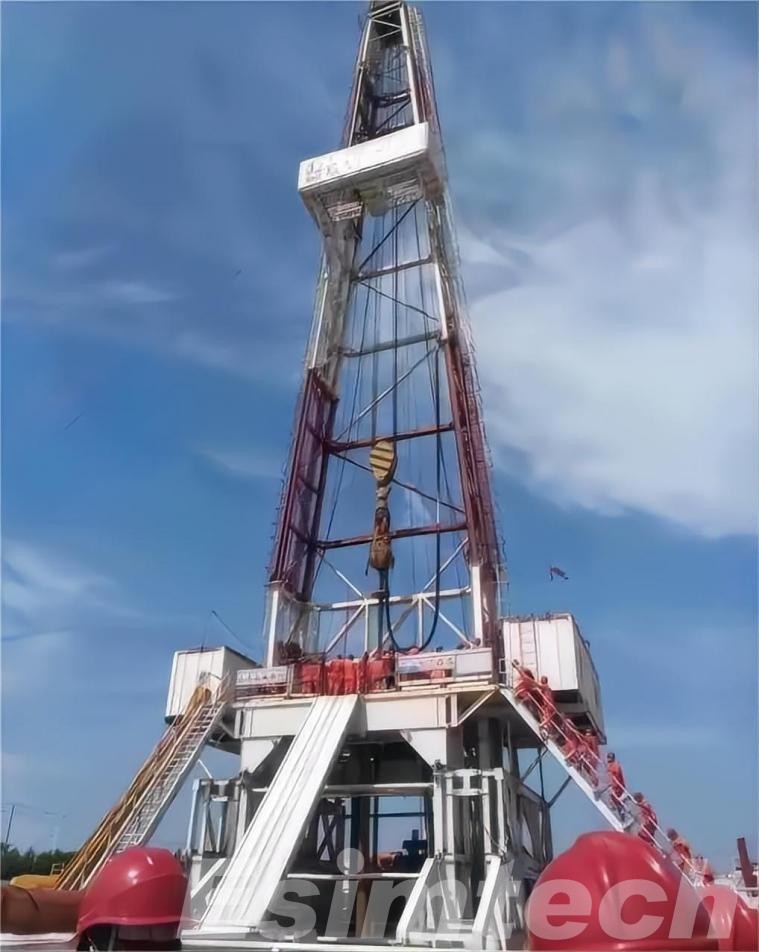
The Problem with Traditional Training
Traditional training, though familiar and comfortable, is often a budgetary black hole. Constructing and maintaining realistic training facilities for intricate tasks like drilling and pipeline maintenance can bleed budgets dry. Factor in the travel, lodging, and instructor fees, and the price tag becomes a heavy burden. Worse still, these meticulously controlled environments, while necessary for some aspects of training, are inherently risky. Exposing trainees to real-world dangers during hands-on learning is a gamble, one that can lead to potentially life-altering consequences.
Beyond the physical dangers, traditional training often falters when it comes to engagement and impact on the environment. Lectures and textbook simulations can be passive and monotonous, failing to ignite the curiosity and active participation that leads to deep understanding and knowledge retention. Additionally, the industry’s carbon footprint is a heavy burden, and traditional training adds another layer. Building and operating physical facilities, not to mention the travel to them, contributes significantly to greenhouse gas emissions.
Scalability, too, is a bottleneck. Traditional programs struggle with large groups, especially when geographically dispersed, leading to delays, inefficiencies, and ultimately, a less prepared workforce.
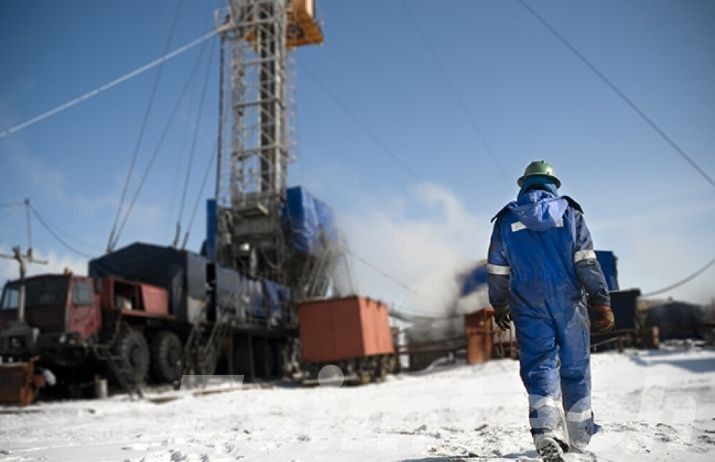
traditional training
How Virtual Reality Simulators Effect Petroleum Workforce Training
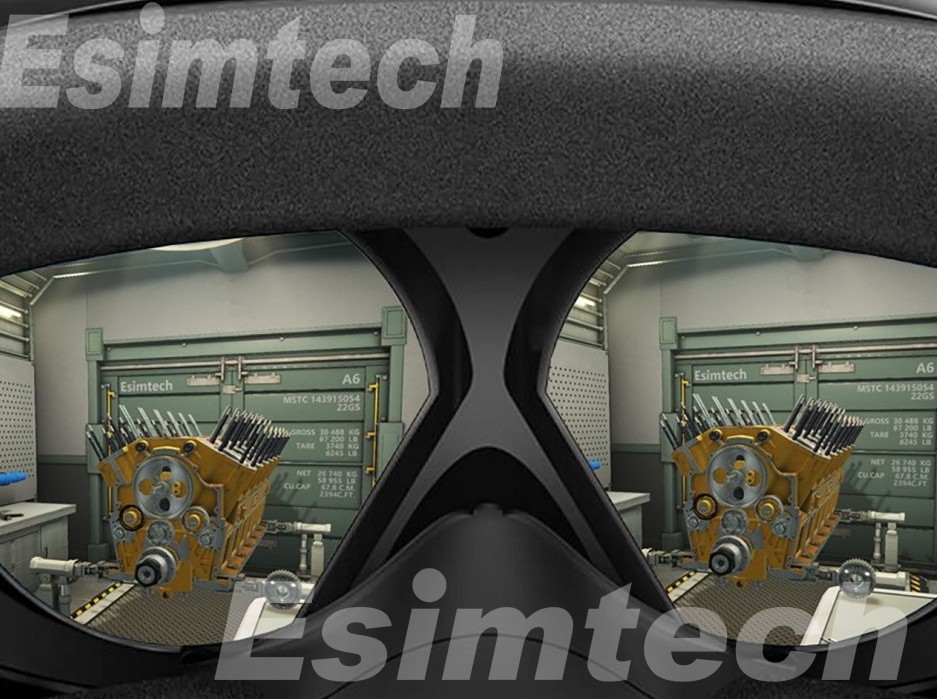
Enhanced Safety
- Risk-free practice: Trainees can rehearse critical procedures like well control, emergency response, and confined space entry in simulated environments, minimizing risks associated with real-world mistakes.
- Hazard awareness: VR simulations can realistically depict potential dangers like equipment malfunctions, spills, and fires, fostering a heightened sense of safety awareness among trainees.
Improved Efficiency
- Scalability and accessibility: VR simulations are readily available and can be accessed from any location with minimal setup, eliminating logistical hurdles and travel costs associated with traditional training methods.
- Repeatability and customization: Trainees can repeat scenarios as needed to solidify their understanding, and instructors can tailor simulations to specific situations and equipment, ensuring targeted skill development.
Boosted Knowledge Retention
- Immersive engagement: VR’s interactive nature fosters deeper engagement, allowing trainees to learn through experience rather than passive observation. This leads to better information retention and improved recall under pressure.
- Gamification and feedback: VR simulations can incorporate game mechanics like points, leaderboards, and instant feedback, making learning more fun and competitive, further boosting motivation and knowledge absorption.
Additional Benefits:
- Reduced environmental impact: Eliminates the need for physical mockups and travel, contributing to a more sustainable training approach.
- Improved data collection and analysis: VR platforms can track trainee performance and identify areas for improvement, facilitating data-driven training optimization.
- Multilingual and multicultural adaptability: VR simulations can be easily translated and adapted to cater to diverse workforces, promoting inclusivity and global training reach.
Pros and Cons of Virtual Reality Simulators Versus Traditional Training
The oil and gas industry is a high-stakes environment, demanding well-trained professionals who can handle complex tasks and potentially dangerous situations. While traditional training methods have served their purpose for decades, Virtual Reality (VR) is emerging as a revolutionary alternative, offering a unique blend of safety, efficiency, and immersion. But is VR the ultimate solution? Let’s weigh the pros and cons of both approaches:
Traditional Training
Pros
- Proven track record: Traditional methods like classroom instruction, hands-on practice, and mentorship have demonstrably prepared generations of oil and gas workers.
- Cost-effective: Established infrastructure and minimal reliance on technology make traditional training a budget-friendly option, especially for smaller companies.
- Flexibility: Instructors can adapt training to specific equipment and scenarios, ensuring trainees are prepared for their actual roles.
Cons
- Safety risks: Real-world practice inherently carries the potential for accidents and injuries, especially during emergency response training.
- Limited accessibility: On-site training can be geographically inconvenient and time-consuming for trainees and instructors.
- Varying engagement: Traditional methods can be passive and monotonous, leading to knowledge gaps and decreased retention.
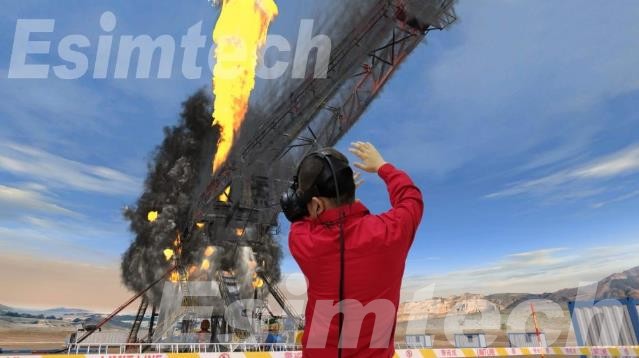
VR Training
Pros
- Enhanced safety: VR simulations create risk-free environments where trainees can make mistakes and learn without consequences.
- Immersive experience: VR puts trainees in the heart of realistic scenarios, fostering deeper engagement and knowledge retention.
- Scalability and accessibility: VR simulations are readily available anywhere, anytime, eliminating logistical hurdles and travel costs.
Cons
- High initial investment: VR hardware, software development, and maintenance can be expensive, especially for smaller companies.
- Technical challenges: VR technology can be complex and require ongoing support, potentially disrupting workflows.
- Limited physical interaction: While VR can simulate many tasks, it may not fully replicate the nuances of real-world equipment manipulation.
The ideal training approach depends on various factors like budget, trainee experience, and the specific skills being taught. VR shines in high-risk scenarios, emergency response training, and geographically dispersed teams. Traditional methods remain valuable for cost-effectiveness, hands-on practice, and flexibility.
Ultimately, the best solution might be a hybrid approach, leveraging the strengths of both VR and traditional methods. VR can provide the initial foundation and safety net, while traditional training can refine practical skills and adapt to specific workplace nuances.
By embracing this blended approach, the oil and gas industry can empower its workforce with the knowledge and confidence needed to thrive in a demanding and ever-evolving environment.
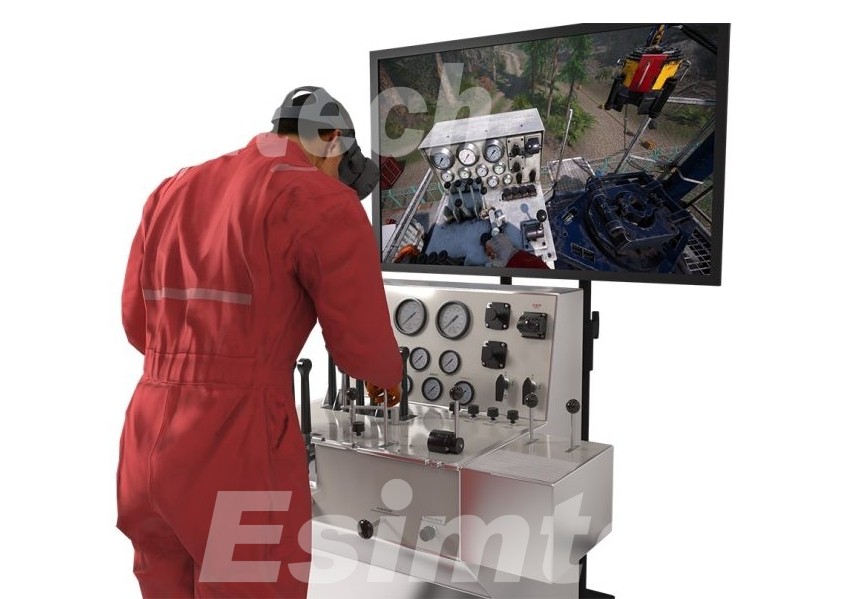
Case Studies of Virtual Reality Simulators for Petroleum Industry
While VR’s potential in the oil and gas industry is undeniable, let’s delve into specific case studies to understand its real-world impact:
1. Statoil (now Equinor): Wellbore Pressure Control Training
- Challenge: High-pressure well environments pose significant risks. Traditional training relied on expensive physical models and carried inherent dangers.
- VR Solution: Statoil developed a VR simulator replicating a realistic wellbore setup. Trainees learn well control procedures, identify and respond to anomalies, all in a safe virtual environment.
- Results: 40% reduction in training time, 30% improvement in knowledge retention, and enhanced confidence among trainees handling real-world well pressure situations.
2. ExxonMobil: Offshore Platform Emergency Response
- Challenge: Evacuating personnel from offshore platforms during emergencies requires swift, coordinated action. Traditional drills were disruptive and logistically complex.
- VR Solution: ExxonMobil partnered with VR developers to create a platform evacuation simulator. Trainees navigate realistic scenarios, practicing communication, collaboration, and decision-making under pressure.
- Results: 25% faster evacuation times in real-life drills, improved teamwork and communication skills, and reduced anxiety among personnel facing emergency situations.
3. Shell: Confined Space Entry Training
- Challenge: Confined spaces are inherently dangerous, requiring precise procedures and situational awareness. Traditional training often lacked the realistic feel of actual confined spaces.
- VR Solution: Shell’s VR simulator immerses trainees in various confined space scenarios, simulating limited visibility, tight quarters, and potential hazards. Trainees practice entry procedures, equipment handling, and rescue techniques.
- Results: Increased trainee confidence and preparedness for real-world confined space entries, leading to a reduction in incidents and potential accidents.
4. Chevron: Pipeline Leak Detection and Response
- Challenge: Early detection and response to pipeline leaks are crucial for minimizing environmental damage and ensuring safety. Traditional training lacked the immediacy and pressure of real-world situations.
- VR Solution: Chevron’s VR simulator places trainees in a realistic pipeline control room, simulating leak alarms, pressure fluctuations, and environmental factors. Trainees practice decision-making, communication, and rapid response protocols.
- Results: Improved response times and accuracy in identifying and isolating leaks, potentially leading to reduced environmental impact and cost savings.
These case studies showcase the diverse applications of VR simulators in the oil and gas industry. From high-risk scenarios to routine procedures, VR is proving its effectiveness in enhancing safety, efficiency, and knowledge retention. As VR technology continues to evolve and costs decrease, we can expect even wider adoption and more transformative case studies in the years to come.
Conclusion
VR is not just a tool; it’s a revolution in the making. It’s the key to unlocking a future where every petroleum professional is a master of their craft, where safety reigns supreme, and where the industry thrives not just on expertise, but on a transformative, immersive learning experience.
